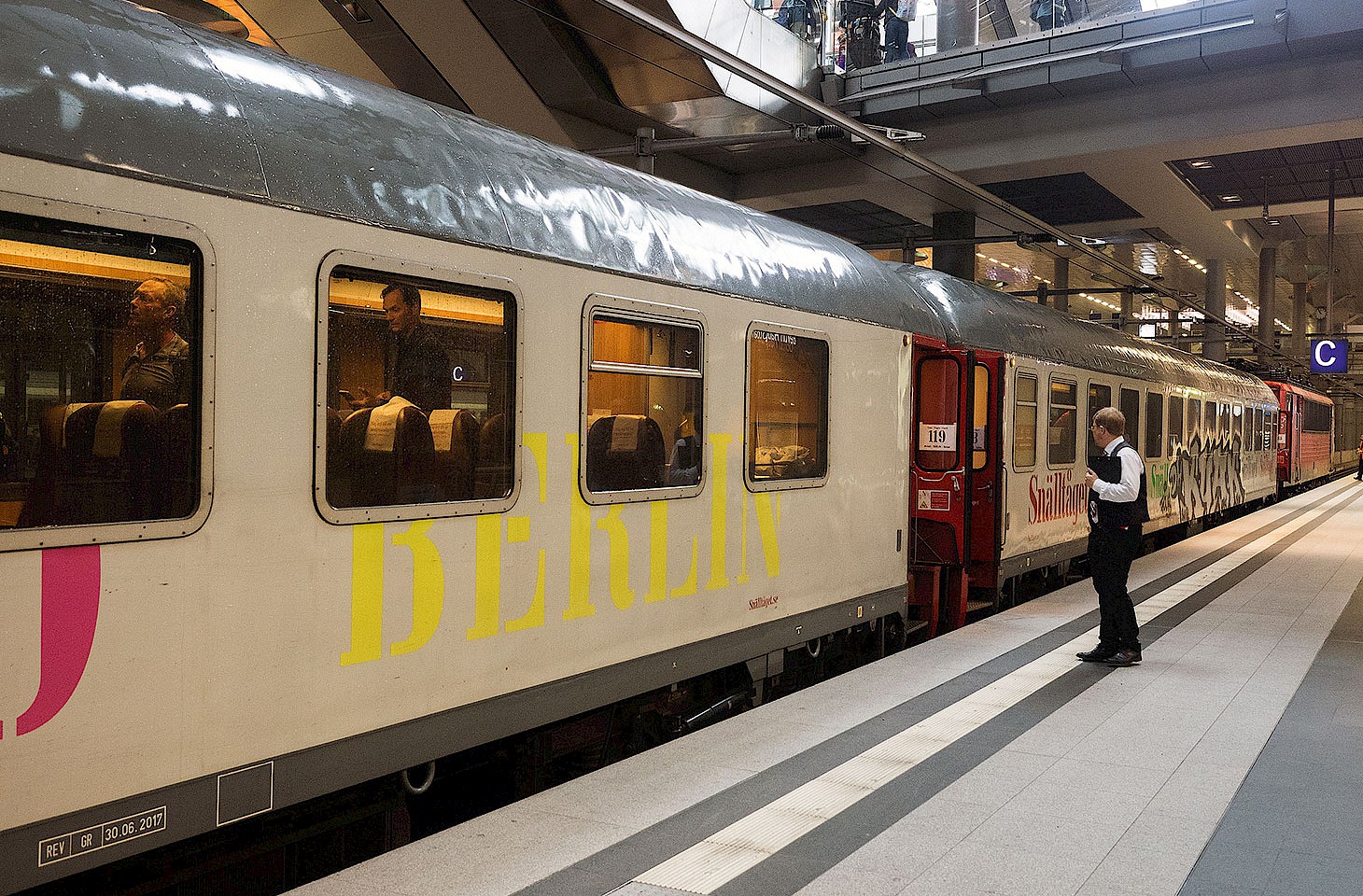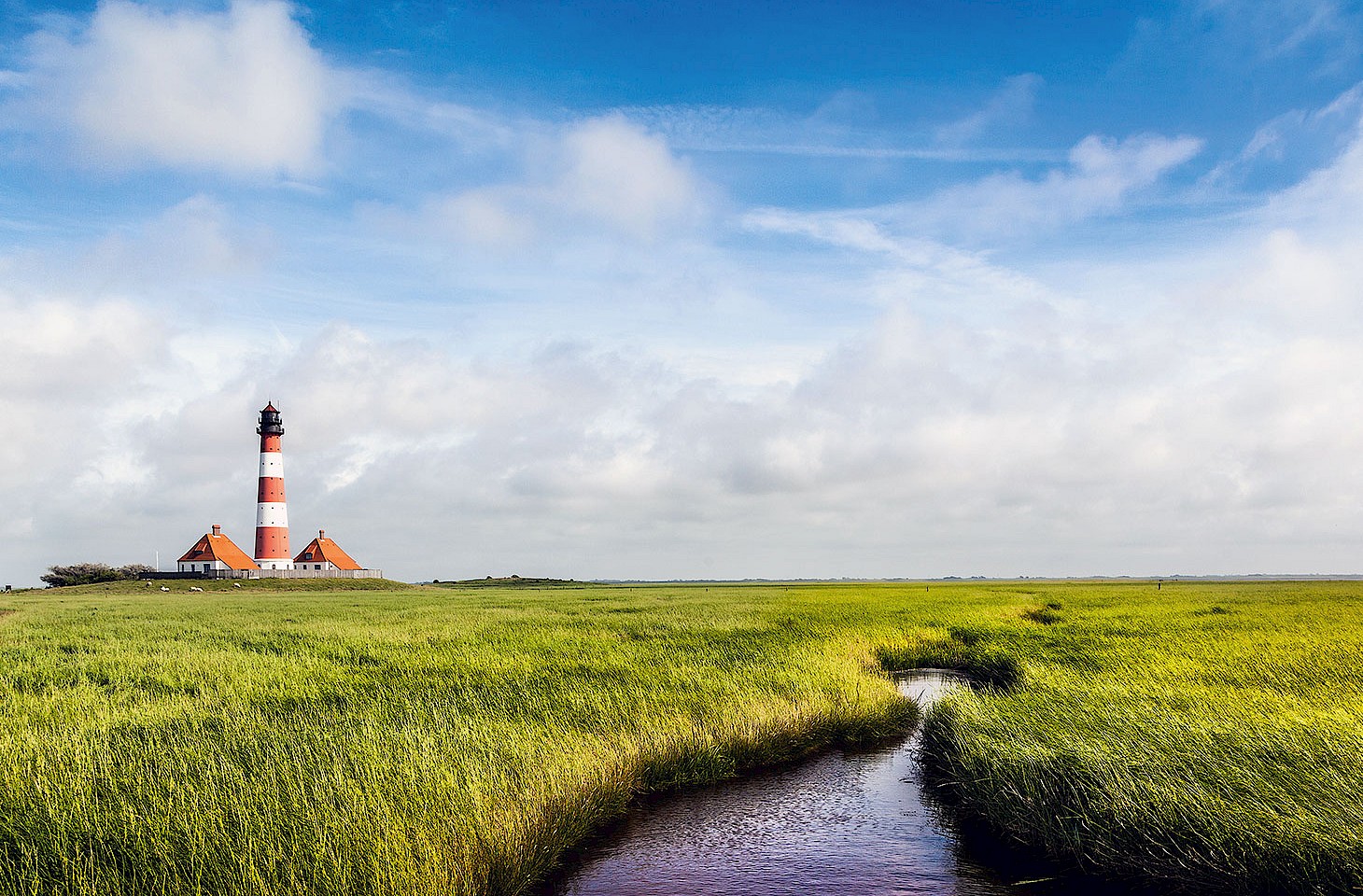Dear fellow travellers
It was just an hour on the train to Putbus, a little community on the Baltic island of Rügen that is impossibly grand for such a remote spot. Just four thousand souls, yet a town so full of aristocratic associations that it seems like a Baltic take on Chatsworth or Versailles. The once-graceful residence of the local laird has long since gone, yet the orangery, stables and gardens remain. The highpoint however is the town itself, with its restrained classical lines. In his 1853 Handbook for Travellers on the Continent, John Murray described the Prince of Putbus as "a very wealthy nobleman, said to be the lineal descendant of the ancient Kings of Rügen."
Whatever his ancestry, Prince Putbus bequeathed to his native island a quite exceptional model village, a place that looks as pristine today as on the day it was first built - although doubtless there were long decades in the last century when Putbus looked rather down-at-heel. The good prince also gave a kick start to the island economy by popularising sea bathing, arranging facilities for visitors that appealed to all tastes from sedate or coquettish retreats to more boisterous arrangements where bathing might be combined with riding and hunting.
Rügen is the classic holiday island, a place that is devoted to summer fun - and it has maintained that appeal through the vicissitudes of German politics. For a generation it was Prussia's most exclusive resort (though Berliners often favoured the competing island of Usedom, which had the advantage of being substantially closer to the German capital). The Nazis constructed a huge holiday camp on Rügen, a complex of buildings on the beach at Prora that extended over four kilometres and could accommodate over twenty thousand holidaymakers.
The island is one of several places in eastern Germany where the local narrow gauge railways are still operated by steam trains day-in day-out for the entire year. We had forgotten just how atmospheric steam trains can be until we trundled through Rügen last week on the Rasender Roland (Dashing Roland), an odd name for a train that is homely and slow. The train to Putbus slipped through beech forests awaiting winter. A rich carpet of red leaves, deer turning to watch the train as if they had never seen one before, and everywhere the sense that autumn's reign over Rügen was now unsteady, her days numbered.
And snow it did next day, at first gently and then more fiercely. Still the steam train crept through the forests, the steel rails now ridged with November snow. Slow, slow fell the snow on the grand circus at Putbus, whiter than any winter ermine ever worn by princes and kings in Rügen. Slow, slow fell the snow over the beech woods, even on the beaches, covering the sorrows of another year. Winter is now sovereign in her island realm. The train still runs, the deer still gaze, but Rügen has slipped into the evening of the year. She will awake, most surely, for a new tourist season in 2011.
Nicky Gardner and Susanne Kries
(editors, hidden europe magazine)




